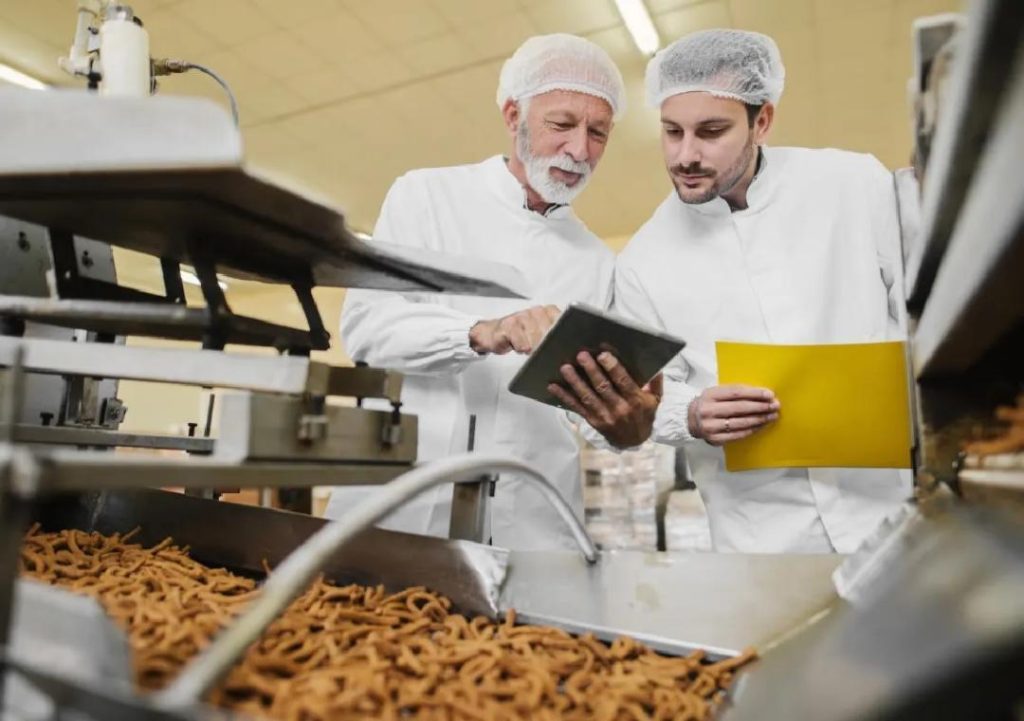
Can P&L Optimisation Redefine Success in Food Technology?
The food technology industry is undergoing a significant transformation, driven by the increasing demand for efficient and sustainable operations. Food tech companies are now focusing on profit and loss (P&L) optimisation as a key strategy to improve profitability and stay competitive. By streamlining P&L operations with automation, smart inventory systems, and data analytics, food tech businesses can cut waste, sharpen demand forecasting, and make better decisions.
In this blog post, we’ll explore the importance of P&L optimisation in food technology, its benefits, and how companies can adopt scalable models to boost margins, ensure sustainable growth, and stay ahead of the competition.
What is P&L Optimisation?
P&L optimisation is the process of analysing and managing a company’s profit and loss statement to maximise profitability and efficiency. In the food technology industry, P&L optimisation involves identifying areas where costs can be reduced, improving forecasting and supply chain management, and streamlining operations to increase productivity.
Benefits of P&L Optimisation in Food Technology
P&L optimisation offers numerous benefits to food technology companies, including:
- Increased Efficiency: Automation and data analytics enable companies to streamline operations, reduce manual errors, and improve productivity.
- Improved Forecasting: Smart inventory systems and demand forecasting tools help companies anticipate and prepare for fluctuations in demand, reducing waste and excess inventory.
- Better Decision-Making: Data analytics and insights provide companies with the information they need to make informed decisions about production, inventory, and pricing.
- Reduced Waste: Optimised operations and inventory management help companies reduce waste, lower costs, and improve sustainability.
- Enhanced Customer Experience: Companies can use data analytics to better understand customer preferences and tailor their offerings to meet demand.
How Food Technology Companies are Achieving P&L Optimisation
Food technology companies are achieving P&L optimisation through various strategies, including:
- Automation: Implementing automation technologies, such as robotics and machine learning, to streamline production and reduce manual errors.
- Smart Inventory Systems: Implementing inventory management systems that use data analytics and IoT sensors to track inventory levels and predict demand.
- Data Analytics: Using data analytics and business intelligence tools to gain insights into customer behaviour, sales trends, and operational efficiency.
- Collaborative Planning: Working closely with suppliers, logistics providers, and other stakeholders to improve forecasting and supply chain management.
- Scalable Models: Adopting scalable business models that enable companies to quickly respond to changes in demand and market trends.
Case Studies: Food Technology Companies Achieving P&L Optimisation
Several food technology companies have achieved significant success through P&L optimisation. For example:
- FoodLogiQ: A food safety and quality control platform that uses data analytics and automation to streamline operations and reduce waste.
- FarmLogs: A farm management platform that uses data analytics and precision agriculture to optimise crop yields and reduce waste.
- Thermo King: A temperature control and logistics company that uses data analytics and smart inventory systems to improve forecasting and supply chain management.
Conclusion
P&L optimisation is a critical strategy for food technology companies looking to improve profitability and stay competitive in the industry. By streamlining operations, improving forecasting, and making better decisions, food tech businesses can reduce waste, boost margins, and ensure sustainable growth. As the industry continues to evolve, it’s essential for companies to adopt scalable models and leverage automation, smart inventory systems, and data analytics to achieve P&L optimisation.
News Source:
https://www.growthjockey.com/blogs/p-and-l-operations-in-food-tech






